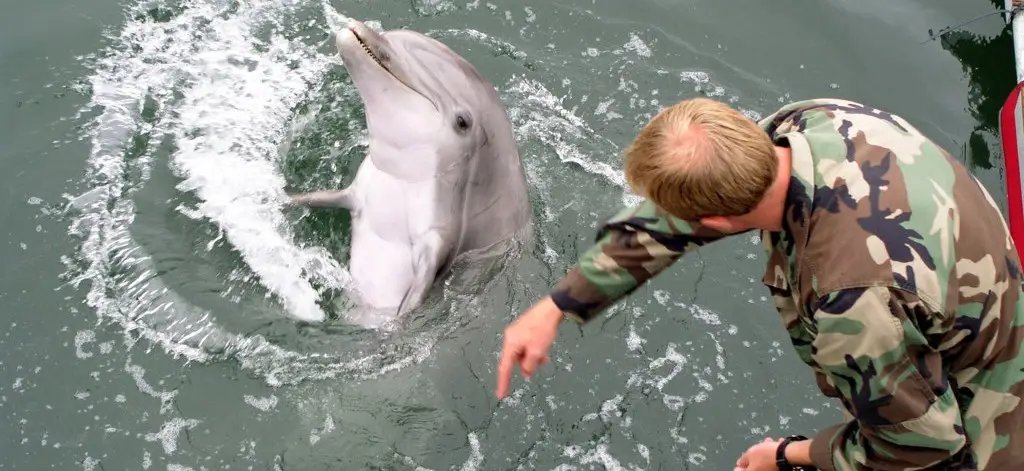Most people know about military working dogs, but there are some lesser known creatures that also conduct missions for the U.S. military.
Here is a list of military animals you didn’t know served
1. Honeybees
Honeybees can smell explosives and other compounds nearly as well as dogs can, so researchers have begun training bees in bomb detection. The bees are trained to believe that sugar water is typically located near TNT. Once they make the association between TNT and sugar, they can be employed in two ways.
First, they can be restricted to glass tubes at check points. When people, cars, and packages are moved through the checkpoint, handlers watch the bees to see if they start moving their proboscis, a feeding tube that is part of their mouth. Movement in multiple bees is a sure sign that explosives are in the area. Alternatively, the bees can be fitted with radio transponders and released into a large area. Handlers then watch on computer screens to see where the bees swarm to and then check that spot for a mine.
2. Dolphins and Sea Lions

Though they’re slowly being replaced by drones, the Navy still uses trained dolphins and sea lions to hunt for mines and enemy swimmers. The animals are trained over a number of years and then deployed in vulnerable harbors, marking the mines and swimmers for human personnel to clear or capture. The aquatic mammals mark divers by attaching devices to their scuba tanks or limbs. They mark mines by attaching a cable or buoy to the mine. The mammals have been deployed to Vietnam, the Persian Gulf, and both U.S. coasts.
One team of dolphins and handlers in the program, MK8, can deploy ahead of an amphibious landing group and indicate safe routes for ships, Marines, and other forces.
3. Mules

The Marine Corps has come up with a few innovative ideas for resupplying forward Marines, including stepping back to the days of pack animals and running mules. Mules were used in Afghanistan and the Marines maintain a training program at the Mountain Warfare Training Center in Bridgeport, California to prepare troops to use pack animals overseas.
4. Insect cyborgs

Currently going through development and testing in various DARPA programs, cyborg insects are designed for disaster relief and search-and-rescue missions. The bugs; muscles are controlled through implants. Researchers are experimenting with different power sources for the rig and any sensors strapped to the bug. One option that has been tested is nuclear cyborg bugs, where a low-radioactivity isotope is slowly broken down to power transmitters.
5. Horses

Most horse units were transitioned to mechanized in the lead up to World War II, and almost every U.S. horse unit has been shut down. But, there is an active law enforcement horse patrol in the U.S. Air Force. At Vandenberg Air Force Base, police have to clear launchpads and the surrounding area during missile launches and some of the area is too rough for ATVs.
Also, patrols of the 40 miles of beach cannot always be done with vehicles due to a federally protected species that lives on the base. The horse patrols cover both the rough mountains and the beaches where vehicles can’t go. The U.S. also trains Marines and Special Forces to ride horses and other animals for certain operations.


